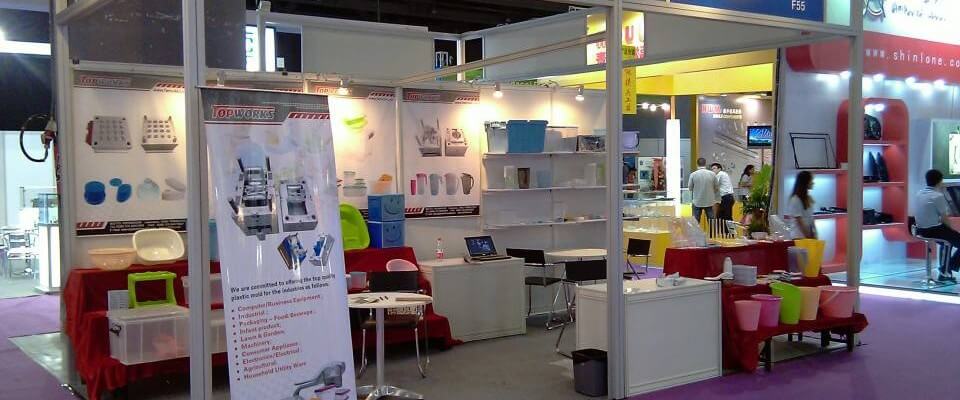
There are many costs involved in the startup and operation of a molding facility, including
- Initial capital requirements,
- Processing costs,
- Raw materials,
- And many others, some obvious and some hidden.
One most common cause of failure of any startup company or venture is insufficient capitalization.
While the most prevalent reason is lack of operating capital for a specific period, often the reason is a lack of knowledge of what equipment or resources are essential for the successful operation of a facility.
An alternative to expansion or startup is to purchase an existing molding facility in the general geographic area selected. This provides a ready source of equipment, already installed and operating, and a possible source of personnel.
When determining capital for equipment, it is important to consider cost, not just price.
Price is what the equipment costs to purchase, but cost is that figure plus what it takes to maintain, operate, and service it during its useful life span.
Purchasing used equipment can be a viable method of r educing investment capital while reducing the amount of lead time required.
On average, well-maintained used equipment will cost approximately 30-60% of the cost of new equipment. Remanufactured equipment can be purchased for around 50-80% of the cost of new equipment.
Depreciation is an item that must be considered in capital requirements because the numeric value of depreciation is added to manufacturing costs to determine eventual processing costs. The processing costs will be used to determine selling prices.
The type , number, and size of tool room and maintenance equipment to be purchased depends on what is to be done with it.
If simple repair and maintenance is desired, only a few pieces of equipment (such as drill press, lathe, mill, and surface grinder) are necessary and these may be purchased used to minimize investment.

However, if major repairs are planned for, more sophisticated and larger pieces of equipment will be necessary.
Based on calculations, there is an average peak requirement of 300 kVA for every molding machine on the floor.
That includes electrical requirements for the molding machine as well as all auxiliary equipment, lighting, exhaust fans, etc. An eight- machine facility, then, would have a peak electrical requirement of 2,400 kVA.
The MHR is a value expressed as a cost per hour and is assigned to each molding machine.
A typical molding facility operates 24 hours a day, 5 days a week, 50 weeks a year, yielding 6,000 available hours of production for each machine on the floor.
Cycle time is defined as the period, or elapsed time, between one point in a molding cycle to the exact same point in the next molding cycle. It is determined by the wall thickness of the product, with thick-walled parts taking longer to mold than thin-walled parts.
Markups are those add-on values included to cover costs not accounted for in the standard calculations.
The typical custom molder will add approximately 10-15% to cover profit margins.
According to recent surveys published by Plastics News, the top 30 custom molders in the United States realized, on average, $972,444 in annual sales for each molding machine they had on the floor.
Utilization can be defined as the amount of time the molding machines are actually producing good parts, versus the amount of time available to do so.
Recent studies show that custom molders have been averaging around 85% utilization and 98% efficiency, while most proprietary molders are averaging closer to 70% utilization and 85% efficiency.